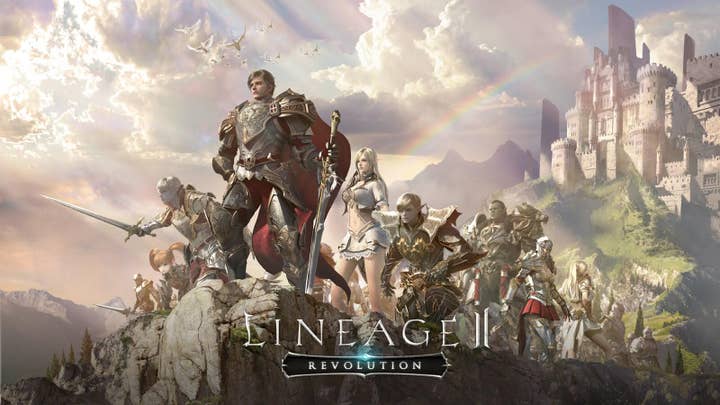Netmarble's acquisition shopping list
Chief global officer Seungwon Lee details what the Lineage 2 and Marvel Future Fight publisher has in mind for its multi-billion-dollar acquisition fund
In April, Netmarble's IPO raised about $2.3 billion, which helped the South Korean mobile publisher build up an acquisition fund of reportedly more than $4 billion.
Speaking with GamesIndustry.biz at last month's Electronic Entertainment Expo, Netmarble chief global officer Seungwon Lee explained what the company behind titles like Lineage 2: Revolution and Marvel Future Fight is looking for in new pick-ups.
"Before the IPO, we had been focusing on building our fundamental capability so that we can make a game with our own people based in the US and publish US-made games," Lee said, referencing the company's $130 million investment in Culver City, California-based Jam City (formerly SGN) and $710 million acquisition of Kabam Vancouver. "We believe we have pretty well established that fundamental capability in the US through Jam City and Kabam. From now on, we will be more open and diversified in identifying targets and areas. We're very interested in finding and working together with smaller studios whose capabilities we're missing in specific areas so we can be a more influential player and better appeal to US users."

However, that's just one piece of the puzzle. Lee added that Netmarble is also committed to more IP collaboration with influential brands in the US and Europe, and it would also like to invest in marketing technology to track user behavior more effectively and efficiently.
As could be inferred from Lee's comments, the US is an area of focus for the company right now, as Netmarble is firmly established in most of Asia and committed to working with Tencent in China.
"In the US, maybe we need more investment for that market," Lee said. "It's a very different market culturally and development-wise. The way people play games and the time they spend in games is very, very different. To make a very fun game for US users, we'll definitely need more US investment and a big portion of our investment will be focused on the US market."
Netmarble sees a few big differences between the Asian mobile market and the US, with Lee saying American players tend to spend more time playing a game before beginning to pay money for the experience. On top of that, there's more competition for users' leisure time from alternative activities, and the player base tends to devote less time to playing games than their Asian counterparts.
Despite the company's desire to expand its footprint globally, Netmarble appears to be taking a pass on emerging markets. When asked about the potential of acquisition targets in Latin America or India, Lee said he was monitoring the situation in the former, and he wanted to see the market mature a bit more.
"That region has lots of room for improvement in monetization and distribution," Lee said of Latin America. "There's more difficulty than in the US, Canada, and Asian countries."
"As new games succeed in the future, the chance of success for new game launches will become smaller and smaller."
Pulling back out to a global market, Lee discussed the big challenges in the mobile market, starting with user acquisition.
"To most companies, user acquisition will become more challenging, but some companies that have economies of scale will be able to manage very smartly and effectively. The bigger challenge in gaming is making fun games. As new games succeed in the future, the chance of success for new game launches will become smaller and smaller."
Rising development costs will also put a cap on the number of companies that can truly compete in the space, so Lee sees the ability to retain players and extend a game's lifespan as key differentiator for those outfits who remain in the top-tier mobile space.
As for challenges specific to Netmarble, Lee said the company is very much focused on how to expand the number of MMORPG players in the US and push the genre further into the mainstream. He has seen the way conventions from the MMORPG space have been showing up in more traditional genres, and believes games like Lineage 2: Revolution can help sway more of the market to the MMORPG genre.
"We have a big vision about MMORPG. Even in South Korea, after the launch of Lineage 2: Revolution, the landscape and trend of users and gameplay behavior is quite changing. I don't know how long the time will take in the US, but the trend is the trend and we're moving that way. It's pretty obvious."
Undoubtedly, a key part of that plan is the North American launch of Lineage 2: Revolution, currently expected later this year. The game is already a hit in South Korea, Taiwan, and Hong Kong, and Netmarble plans to launch it in Japan this quarter and bring it to China later this year or early next.
